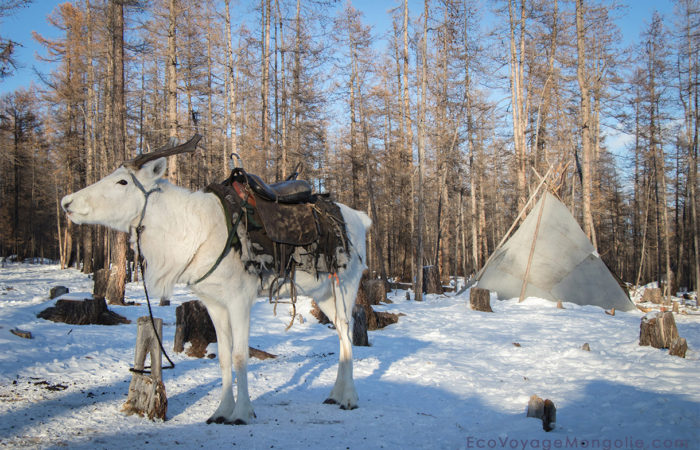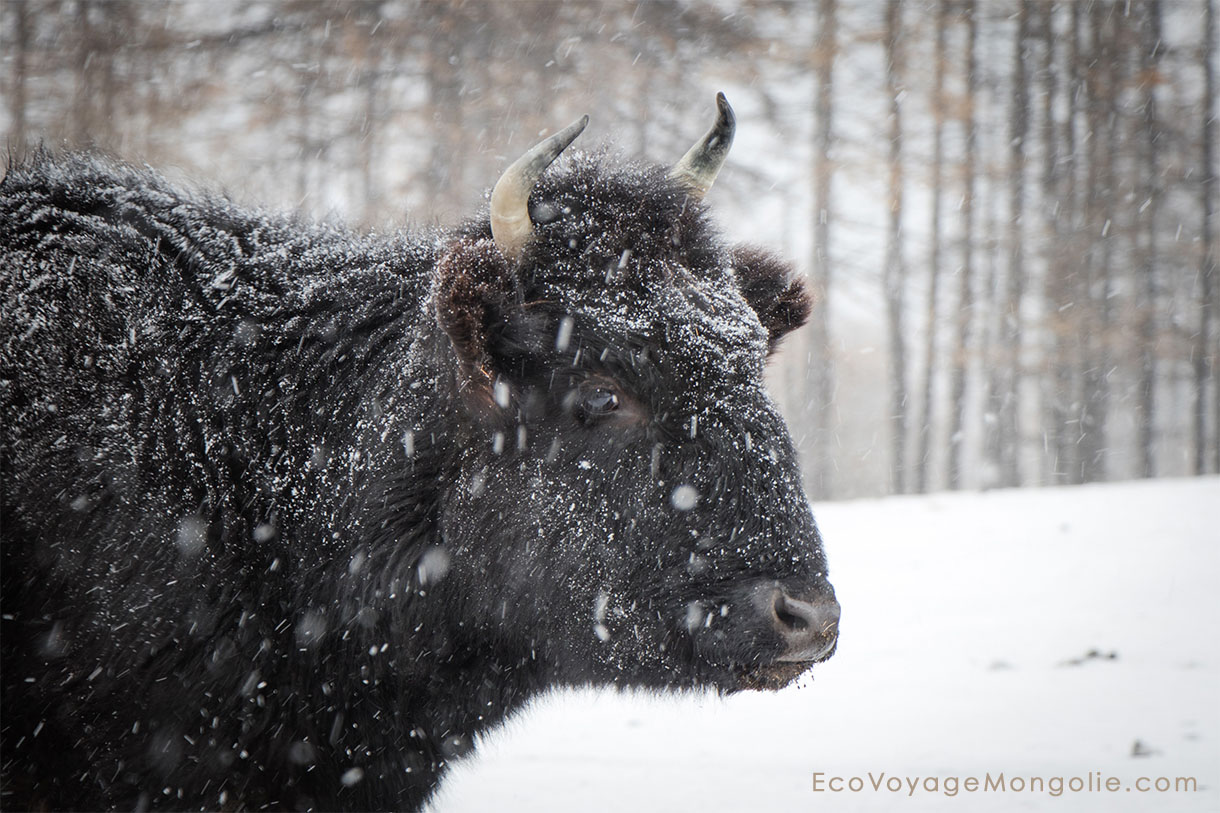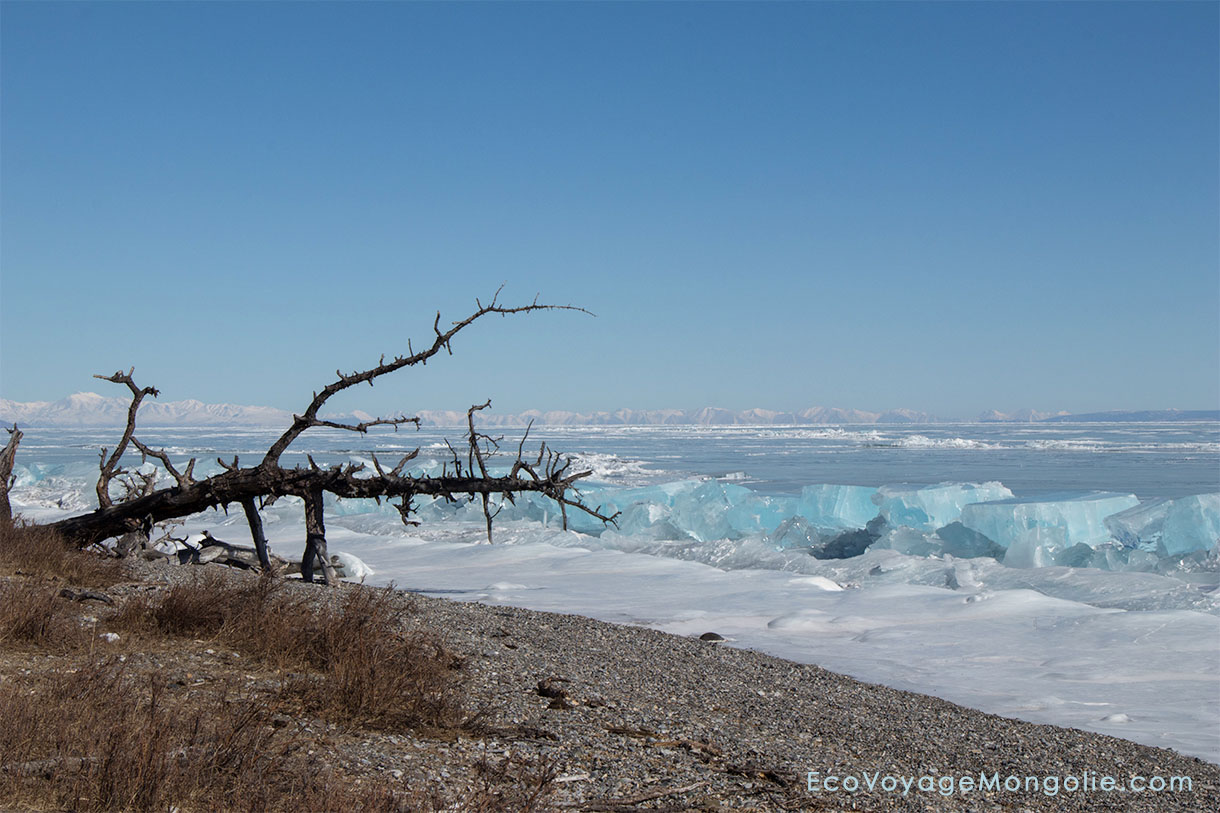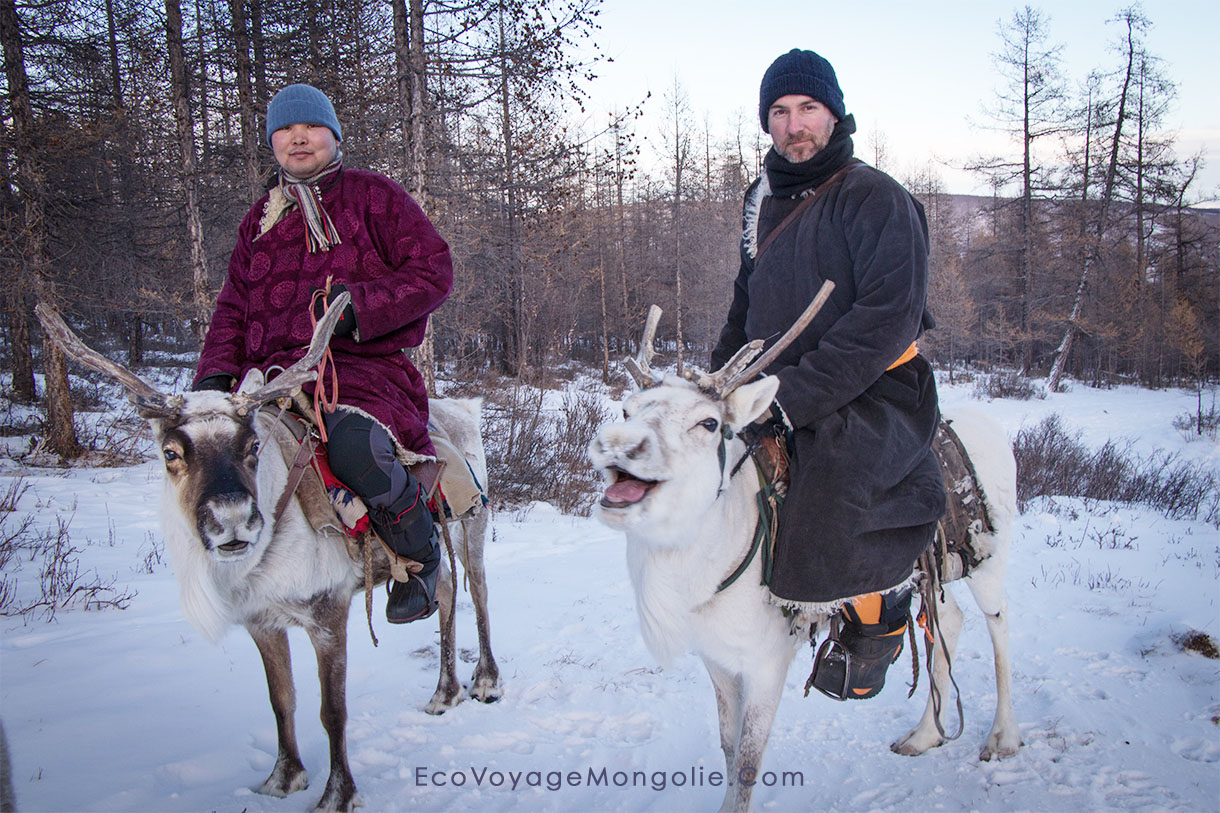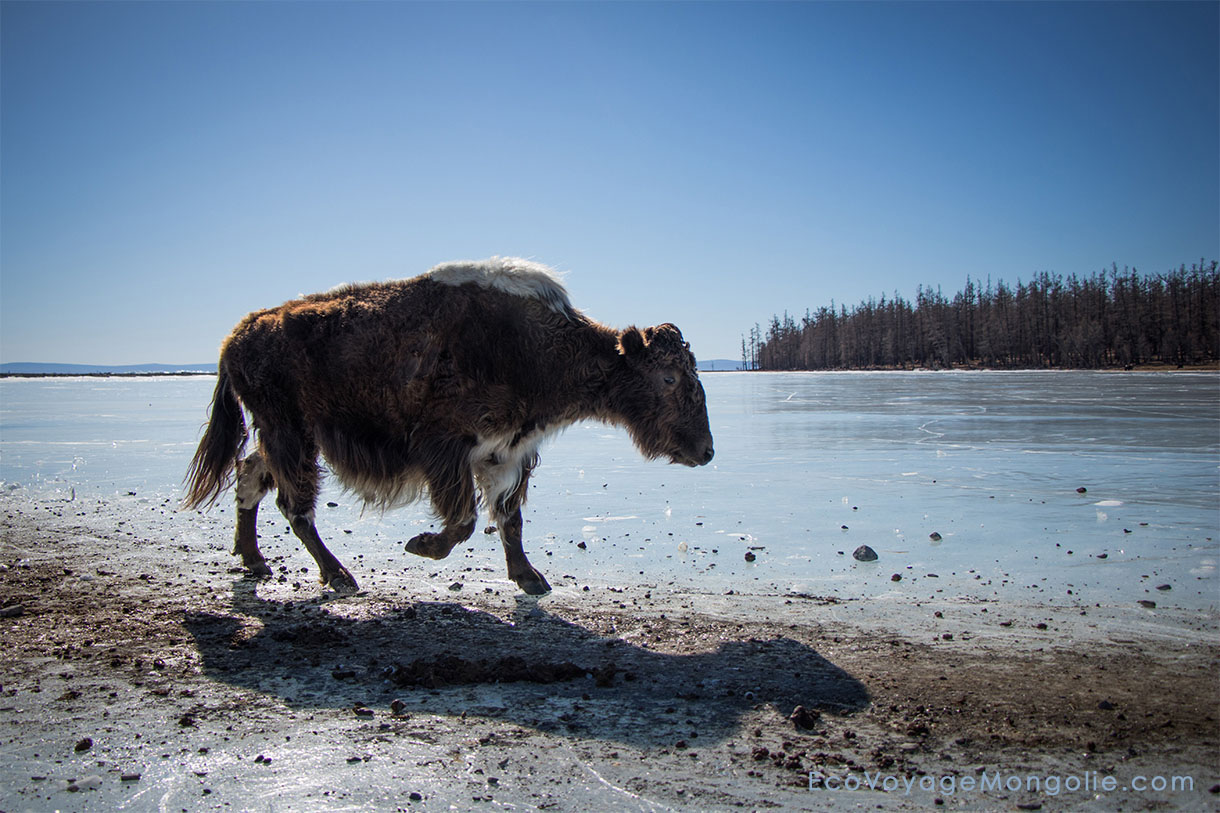The Nine-Nine in Mongolia
Traveling to Mongolia for the winter is difficult, but it is a once in life time opportunity to challenge yourself in exciting adventures, experiencing the unique harsh climatic conditions of the nomads who endure harsh winter. It may seem over too much but it is vey interesting to discover the Mongolian nomadic life in winter in the vastness of the steppe, somewhere where they can warm themselves on a dung fire, drinking creamy milk tea, sea buckthorn and hot curd from sour milk, consuming high-calorie fatty foods, bringing back and rear their cattle.
Mongols calculate the winter period as nine times of nine, estimating 81 days. One of the 24 lunar seasons in the lunar horoscope, beginning with the day sun returns from the winter solstice, divides the 81 days into three periods: green/baby/ three, youthful /teenager/ three and granny /old/ three. From the 22nd of December each year, it is the beginning of youthful three and green three nine. That day is the shortest day of the year and the longest night appears. Though we believe sun starts coming back to Mongolia, the real winter begins this day.
After finished counting the nine of nine and leaving behind 81 days, Mongolians welcome the Spring. In other words, from the winter solstice on December 22 every nine days of nine periods are counted as “one of nine”, “two of nine”, and it goes on until “nine of nine” for 21 days.
Here we pass you on the aphorisms that related to the time and fact that cold season is associated with nomadic life. These phrases are nomadic ways of transmitting a question-and-answer as a game, passing traditional knowledge of the climate change on to the children.
- What happens in the first of nine? XII / 22-XII / 30
-Mongolian distilled vodka freezes
Mongols make vodka distilled at 11 degrees by distilling cow and goat milk, and the temperature of the first of nine can freeze an alcohol. - What happens in the second of nine? XII / 31-I / 8
-Re-distillation of distilled vodka, freezes
In the second of nines, the traditional vodka called “Khorz”, which has a higher alcohol content than the previous one, freezes in between -15 and -20 ℃. - What do we do in the third of nine? I/9-I/17
-The horns of a three-year-old bull, freezes
On the third of nines, the average temperature during this period is -25 degrees during the day and -30 to 35 degrees at night, in some places it can reach as low as -40 degrees. - What happens in the fourth of nine? I/18-I/26
-In the fourth of nines, horns of a 4-year-old bull freezes - What happens in the fifth of nine? I/27-II/4
-In the fifth of nines, rice left outside no longer freezes.
From now on, the intensity of the cold weakens and it means weather is getting more pleasant. - What happens in the sixth of nine? II/5-II/13
-In the sixth of nine, wheel tracks on the road appears
The snow is melting and the roads are beginning to appear and the earth is uncovered from the ice, slowly and slowly… - What happens in the seventh of nine? II/14-II/22
-In the seventh of nines, the highest part of the hills turn brown.
The snow on the mountain tops melt. - What happens in the eight of nine? II/23-III/2
–Gets slushy
In the eight nine, the ice on the roads melts and gets slushy /muddy/ everywhere. - What happens in the ninth of nine? III / 3-III / 12
-Temperature gets normal.
In the ninth of nines, temperatures rise and warm season begins.
Which nine-nine period would you like to come to Mongolia?

